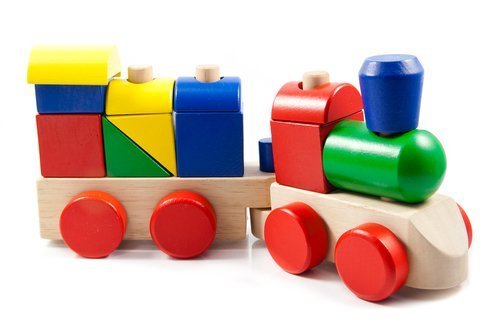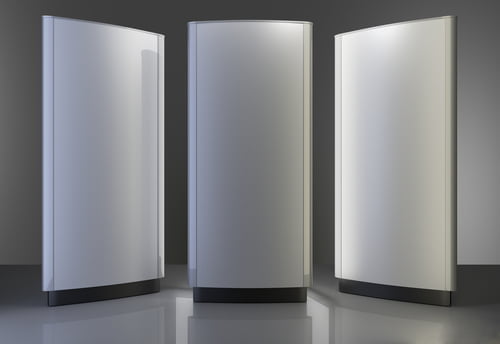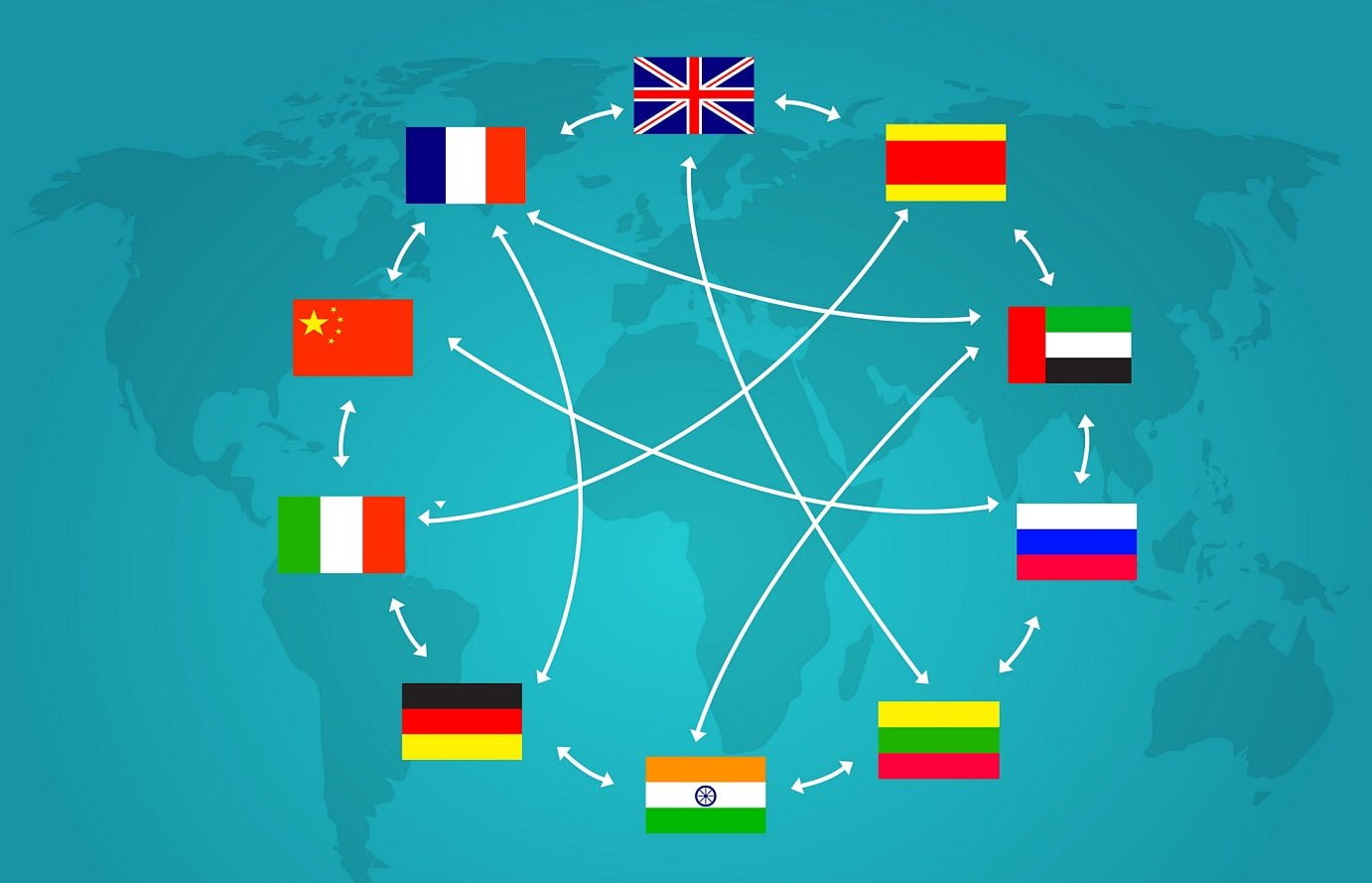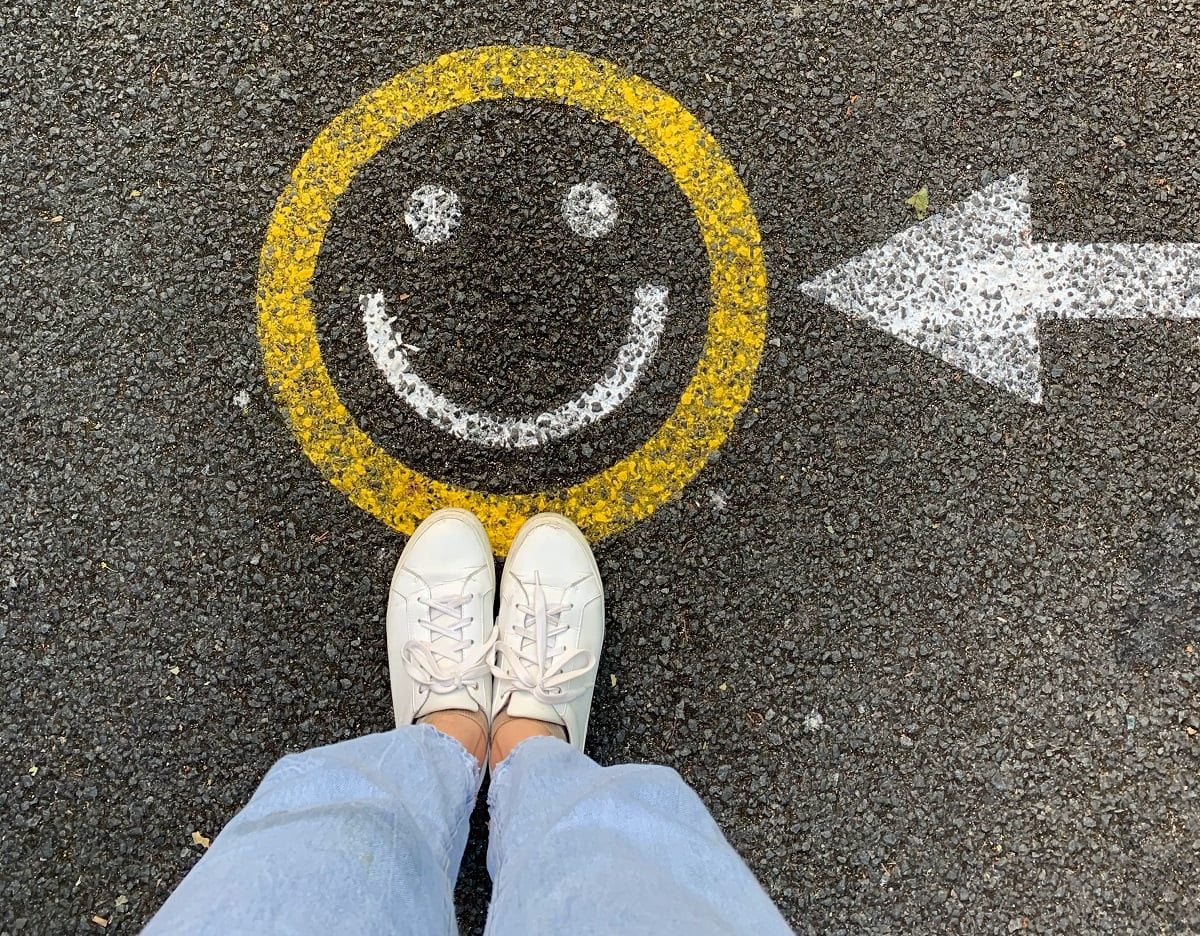Packaging translation – 5 elements you need to consider
Whether you’re in the food and drink, cosmetics, medical or pharmaceutical industry you’ll always need to think carefully about your packaging in terms of the accuracy of the wording, what you’re required to include by law, the design, branding and your deadlines in which to complete everything. Here are 5 elements you need to consider when it comes to exporting and packaging translation.
1. Do you know the legal requirements?

Are you fully aware of what the legal packaging requirements are in your industry for each country you’re exporting to? See below some industry and country-specific examples and links to further regulatory information to help you.
Medical and pharmaceutical translation
Translations for packaging, IFUs and labelling for medical devices and pharmaceutical products are heavily regulated so accuracy is extremely important.
EU regulations require that the patient has the information in their national language(s) or in another Community language. The device name also doesn’t require translation in most languages, which is even the case when the device name is explanatory if the rest of the information is understood by the patient.
Sometimes you must translate into more than one language for certain EU countries, so we’ve provided a *table below to help you decipher which languages you’ll need.
If you’re looking to export medical devices to Argentina, Australia, Brazil, Canada, India, Japan, Mexico, Russia, South Korea or Taiwan this thesis explores the regulatory requirements there and compares them to those of the EU.
Cosmetics translation
In the EU it is compulsory to translate the product’s function, ingredients and warnings into the national language of each EU country and also note that it’s compulsory to translate everything on the label for Austria, Bulgaria, France, Poland, Portugal and Slovakia. EU cosmetics labeling rules are here.
In China there are laws as to which ingredients can be used in cosmetics and a very long list of ingredients that should be included on a label.
In Japan, regulations are very strict and it can take a long time to go through the labeling process to make sure it meets those regulations. Here’s a useful guide.
In Saudi Arabia all warnings, safety instructions and instruction leaflet inserts should be translated into Arabic or be bilingual in Arabic and English. Cosmetics imports also need to be accompanied by specific documents before being sold.
Food and drink translation
As of December 2014 “all nutritional information for EU packaging, such as salt and fat content must be included on food labels” and translated into the relevant EU languages.
In the EU and Thailand front-of-package labeling for nutritional information is a legal requirement whereas it’s not yet a requirement in the US.
The US food labeling regulations are very different to the EU regulations. You can find a comprehensive guide here. It’s also worth noting that in Mexico, you are legally required to translate the required information on your food labels into Spanish and in Canada you are required to have bilingual English and French labels.
2. Machine translation won’t do
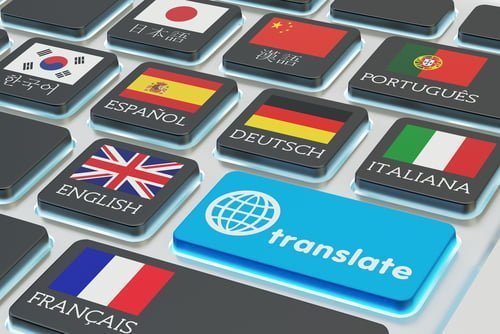
When writing the copy for your packaging and packaging inserts, accuracy is crucial. The same applies for your translated copy, whether it is a list of ingredients or warnings and safety instructions.
For an accurate end result you should always use a professional agency and ensure that their translators are qualified and have experience both in your sector and in translating packaging. If you use Machine Translation you’re at risk of providing your customers with inaccurate information and misinforming them, which could lead to complaints and in the worst case scenario – a lawsuit.
Specialist translators have very often worked in the relevant industry, such as medical, cosmetics or food and drink, before retraining, so are extremely knowledgeable about the terminology and style that should be used. It gives you peace of mind that they’re choosing the correct wording and style for your packaging translations.
We’d also recommend having your packaging translations revised by a second professional translator. I’ll give you that extra reassurance that the translated content is accurate before you go to print.
3. Are you aware of spatial constraints?
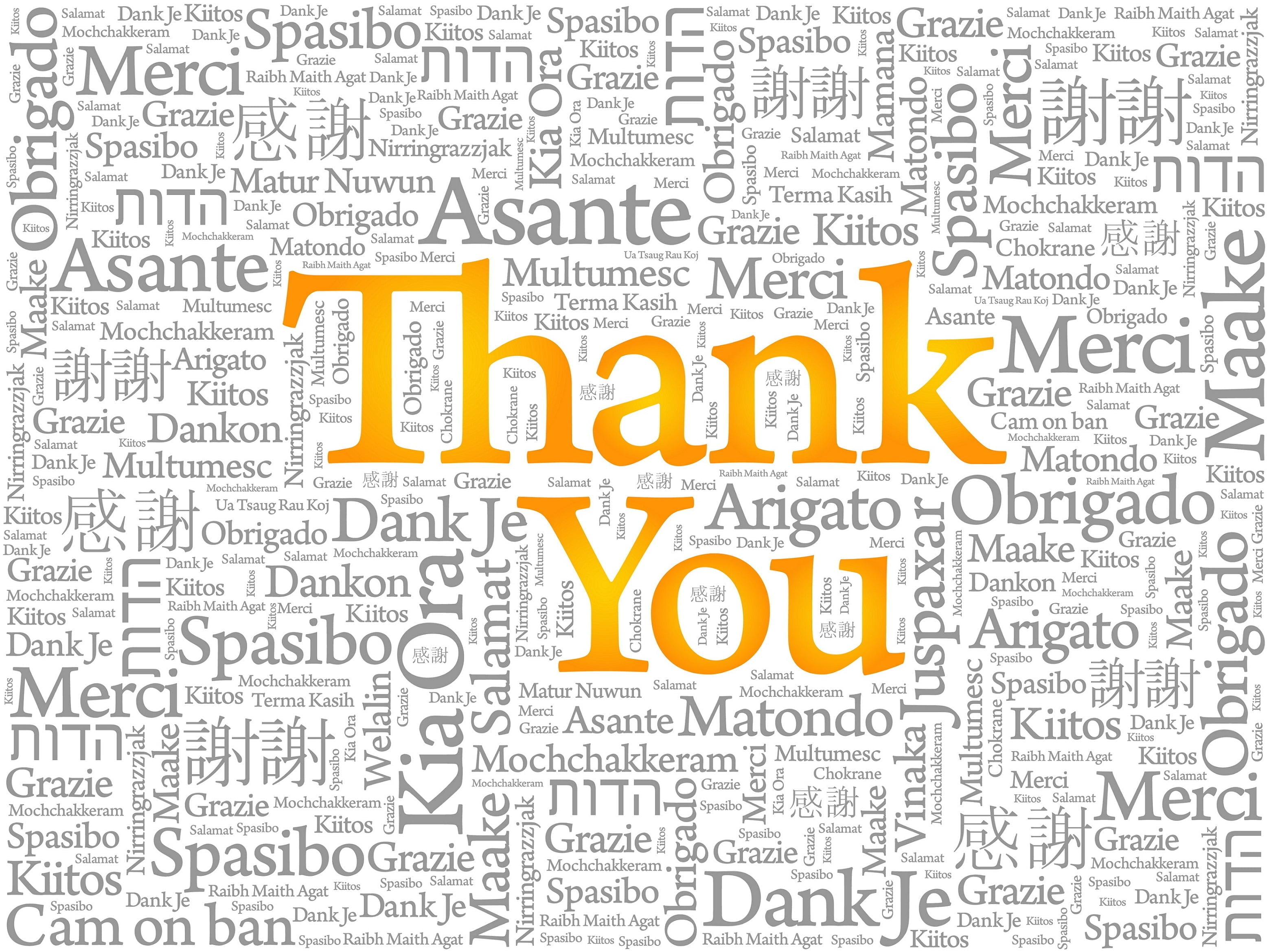
The regulations of your specific industry and the countries you’re exporting to will determine how much translated copy you’re required to have on your packaging labels. Once you’ve acquired all of the regulatory information you can then consider how best to design your labels so that there is enough space for your translated text.
Whether you’re opting for a multi-language label or single language ones for each country you’re exporting to, you should make sure there is enough space in the initial design in case the translated text expands.
For example, when translating into Russian your text can expand by up to 15%, so it will need adjusting to fit and text that is not required by law may need to be omitted. On the other hand, when translating into Finnish your text can shrink by 25%-30% so you may need to revisit the copy and design to make sure there’s no empty space.
For further information on this visit our expansion and contraction factors page.
4. Is your product name suitable for local markets?
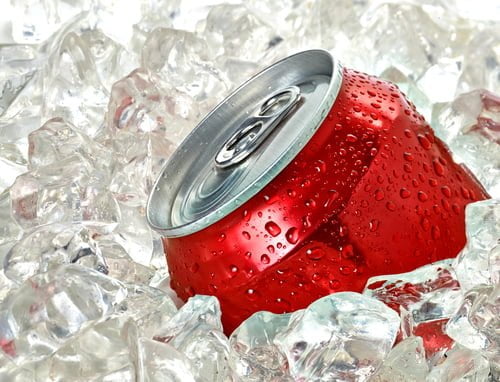
As mentioned above, most regulations state that the product name can remain in English, so when you’re choosing, choose wisely. Be sure to conduct thorough market research before launching your packaged product in other countries to avoid any embarrassing mishaps.
Some of the world’s biggest companies have made errors by not conducting thorough enough research. For example, Coca Cola had their name transliterated into Chinese and went to print without realizing that the way it had been translated meant “bit the wax tadpole”. They then had to come up with an alternative transliteration quickly.
Find out about some other marketing and slogan translation fails here.
5. Do you have enough time?

Is there enough time to double check your packaging translation before going to print?
Always allow yourself enough time to get it right. It’s very important that you don’t leave the copy until the last minute to be finalized, so you end up rushing the translations to make the print deadline. Ask your translation agency how much time they require (for the various stages) and then don’t cut that down. If you or your design agency are running late with the artwork then extend the print timings instead or it could lead to errors if rushed.
It’s also always a good idea to allow enough time to have your print-ready PDFs checked before you go to print both to make sure they’re accurate in terms of the copy and also that they meet the regulations for the country you’re exporting to.
*National language(s) for EU countries
| Country | Language |
| Austria | German |
| Belgium | Dutch, French and German |
| Bulgaria | Bulgarian |
| Czech Republic | Czech |
| Cyprus | Greek or English |
| Denmark | Danish |
| Estonia | Estonian |
| Finland | Finnish and Swedish |
| France | French |
| Germany | German |
| Greece | Greek |
| Hungary | Hungarian |
| Ireland | English |
| Italy | Italian |
| Latvia | Latvian |
| Lithuania | Lithuanian |
| Luxembourg | French or German or Luxembourgish |
| Malta | Maltese or English |
| Netherlands | Dutch |
| Norway | Norwegian |
| Poland | Polish |
| Portugal | Portuguese |
| Romania | Romanian |
| Slovakia | Slovakian |
| Slovenia | Slovene |
| Spain | Spanish |
| Sweden | Swedish |
| United Kingdon | English |



